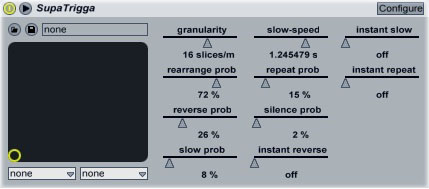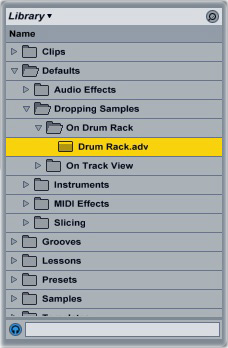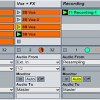Free Up Resources for Mixing
The more VST instruments and effects you open in your DAW, the more system resources it takes up. Running multiple synths and FX — especially processor-heavy plug-ins like reverbs — can introduce artifacts into playback and slow down the interface, which is especially annoying when you’re mixing a song. Here’s a trick to save some CPU and memory by bouncing MIDI tracks to audio:
- Back up your track. Once you bounce the MIDI tracks, you won’t be able to change any of the notes or other MIDI data.
- Remove any effects from the MIDI channels in the track. Each MIDI track should only have the synth on it. If you want to keep the effects’ parameter settings, move the plug-ins to an empty track instead of deleting them.
- Bounce all of the MIDI tracks to audio. In Ableton, right-click a track and select “Freeze,” then right-click it again and select “Flatten.” Your DAW will convert the MIDI track to an audio waveform, which requires much less processing power.
- Re-add the effects to their former tracks. Your CPU now only needs to deal with the FX, not the synths and effects together.
If one of your synths is especially processor-intensive (Spectrasonics Omnisphere, for example), try bouncing that track to audio first — you might not need to convert the rest of the tracks.









